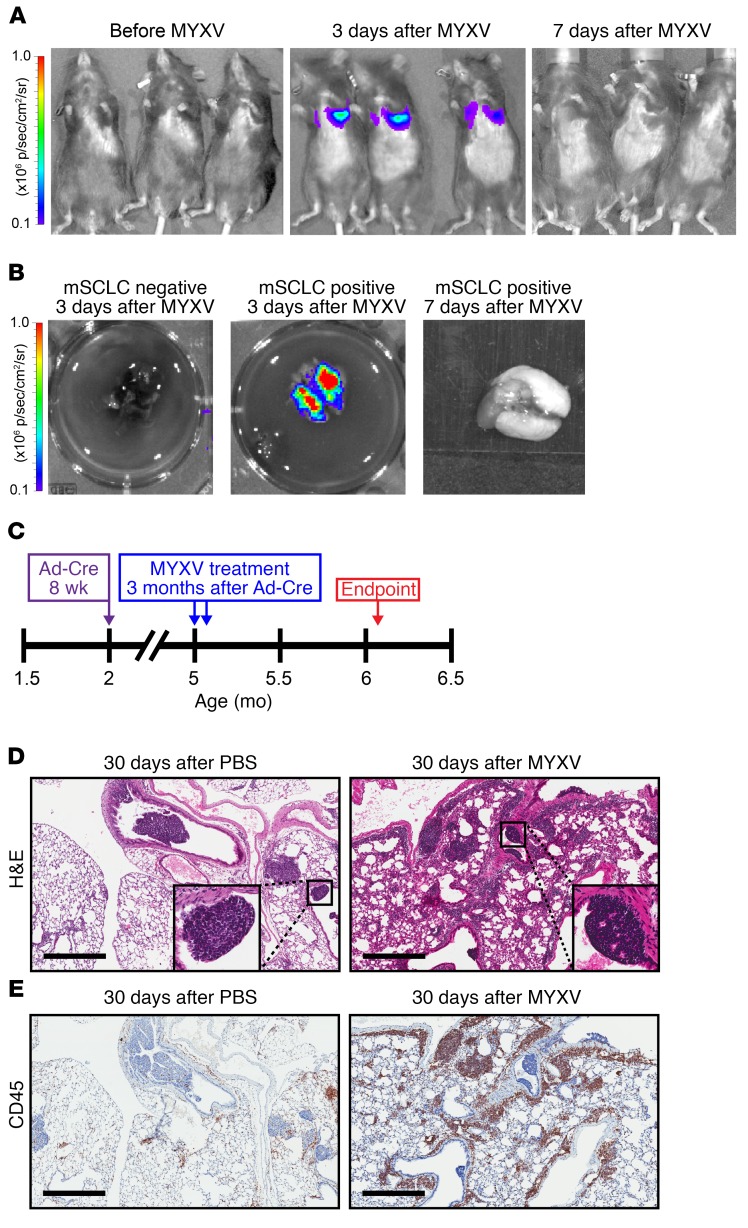Figure 4. MYXV localizes to the lungs of tumor bearing mice resulting in a prolonged immune response.
(A) Bioluminescence imaging of conditional Ad-Cre–treated p53–/–/Rb1–/–/p130–/– mice before treatment, 3 days after treatment, and 7 days after treatment with vMyx-FLuc. vMyx-FLuc was administered by intranasal instillation (5 × 107 FFU in 60 μl PBS). (B) Bioluminescent imaging of resected lungs from conditional Ad-Cre–treated p53–/–/Rb1–/–/p130–/– mice (SCLC positive) at 3 and 7 days after treatment with vMyx-FLuc, compared with resected lungs from control mice lacking p53/Rb1/p130 knockouts (SCLC negative) 3 days after vMyx-FLuc. (C) Timeline indicating experimental design for examining immune responses 30 days after vMyx-M135KO-GFP. Three months after Ad-Cre tumor induction, mice were treated twice with MYXV (5 × 107 FFU in 60 μl PBS) 48 hours apart via intranasal instillation, 30 days after MYXV treatment mice were euthanized and the lungs examined. (D) Histological analysis of mice 30 days after intranasal instillation of PBS or MYXV showing H&E-stained FFPE sections. Higher magnification inset shows effects on individual tumorlets. (E) Anti-CD45 IHC-stained FFPE serial sections. Scale bars, 500 μm.

